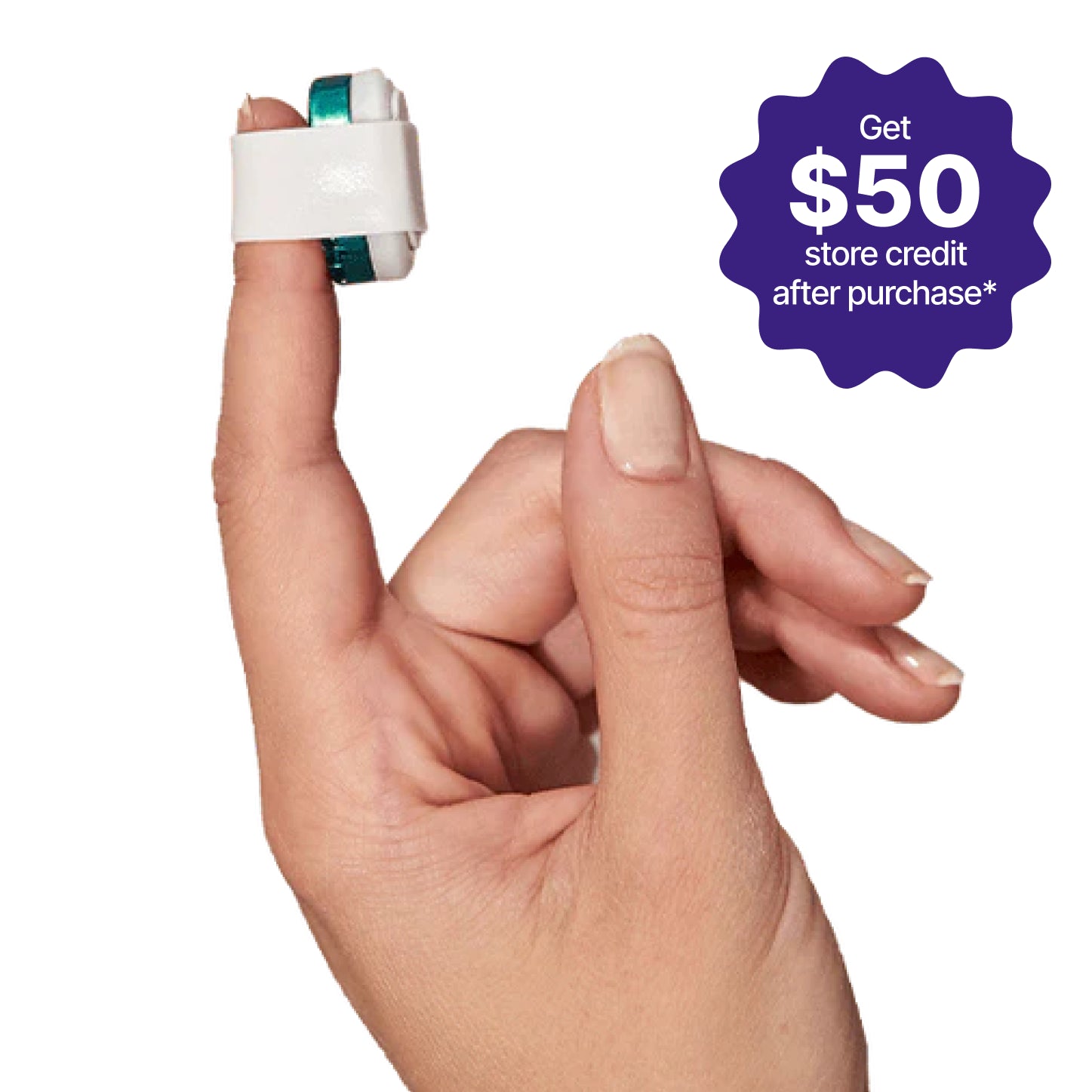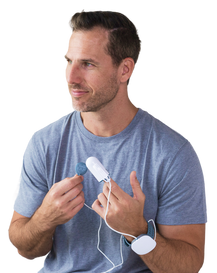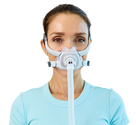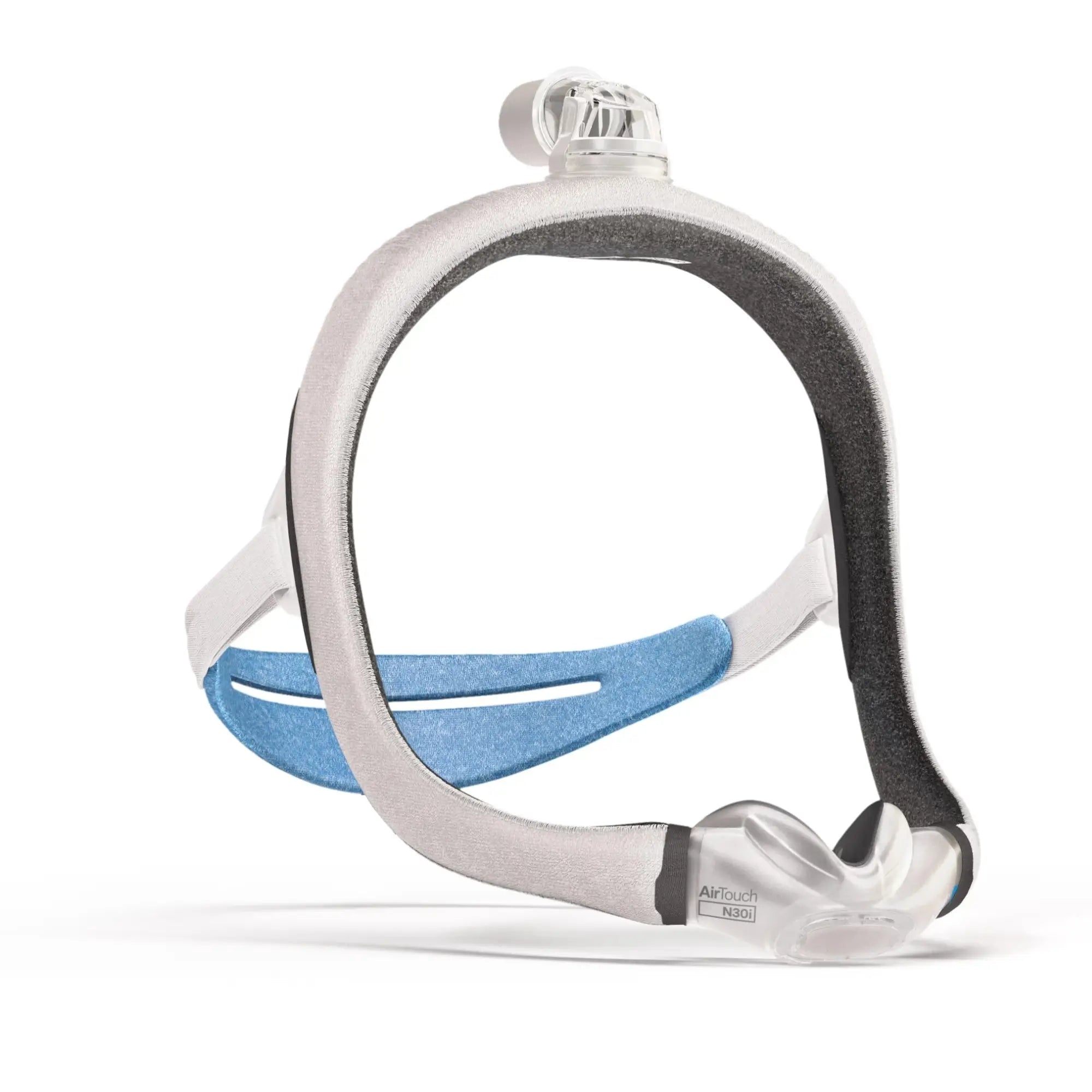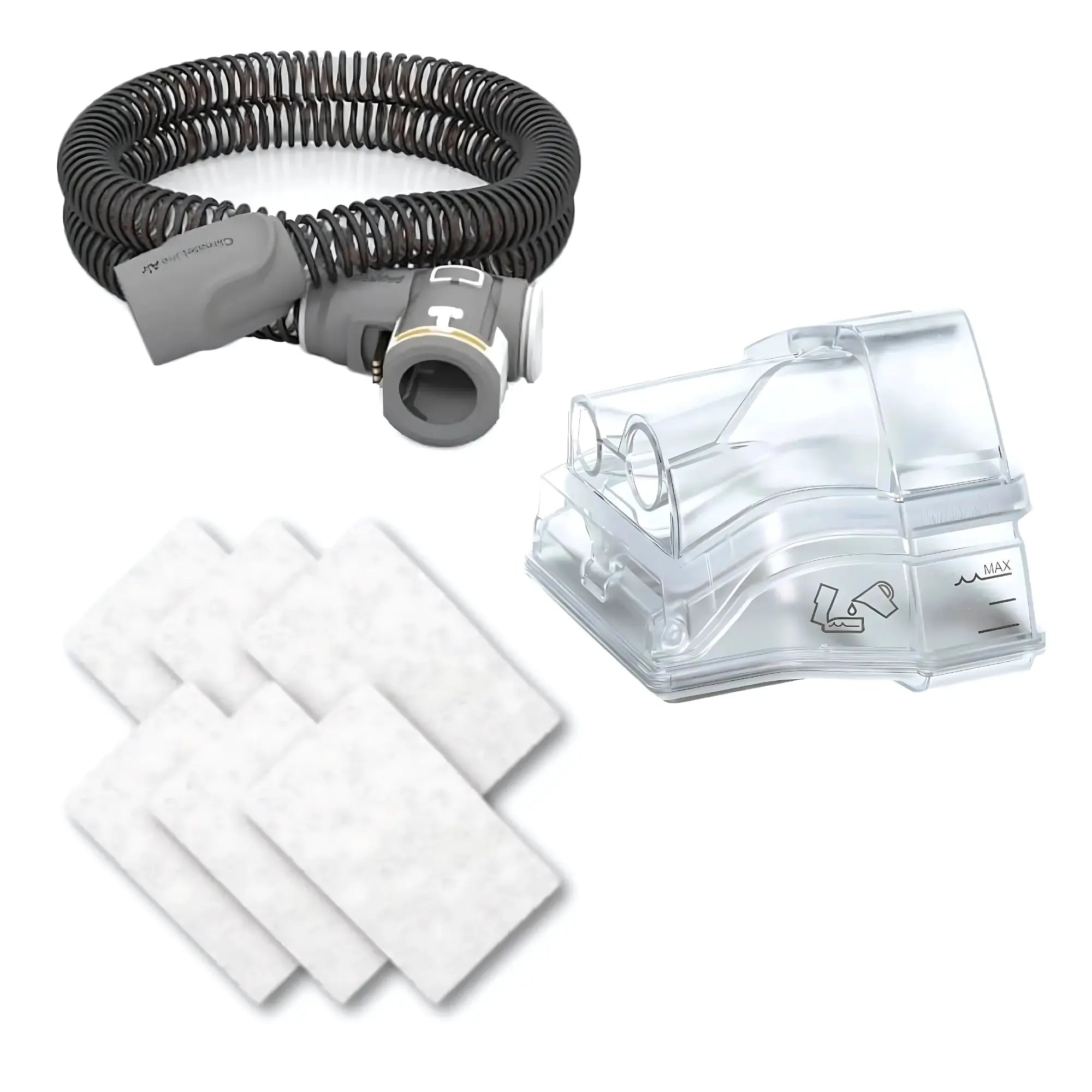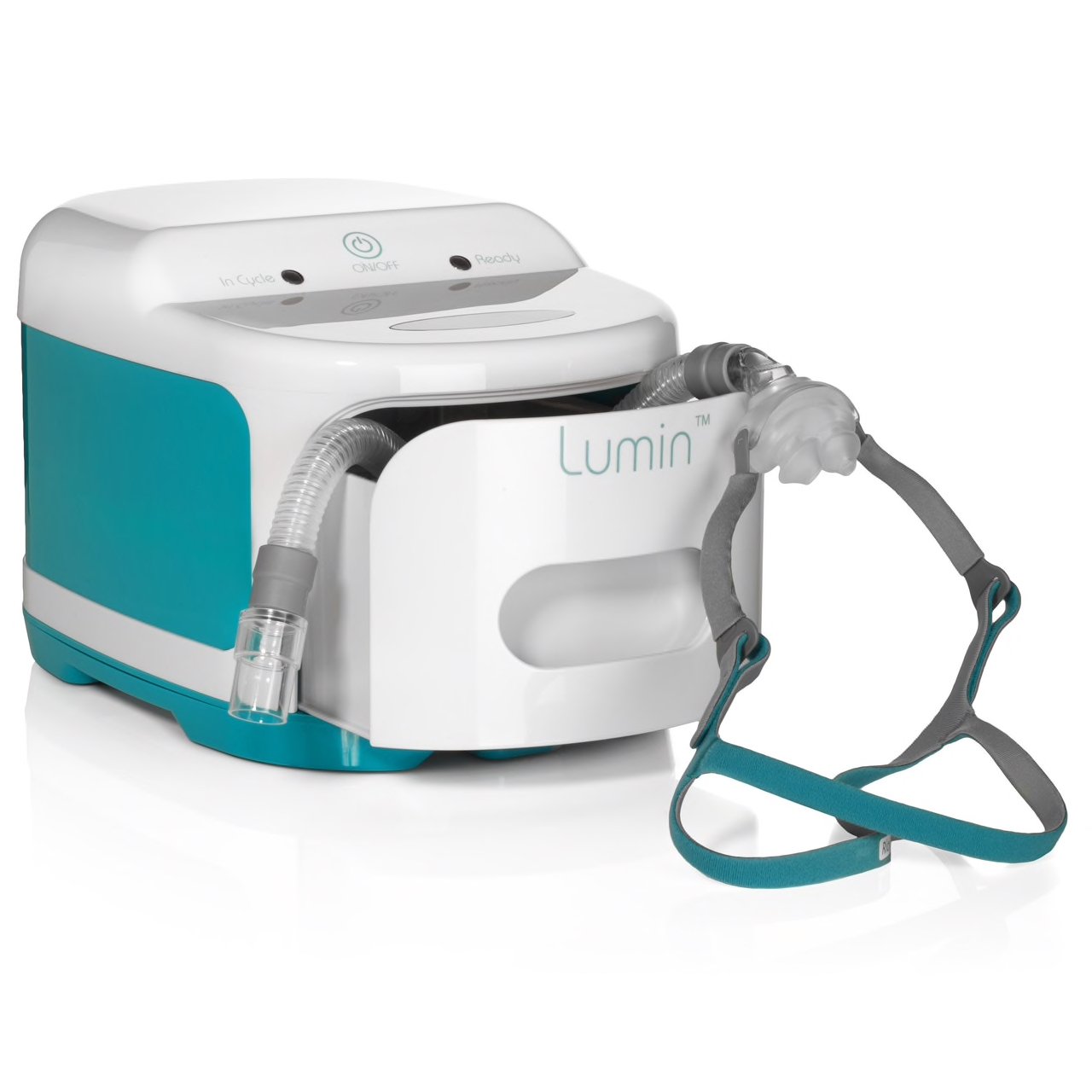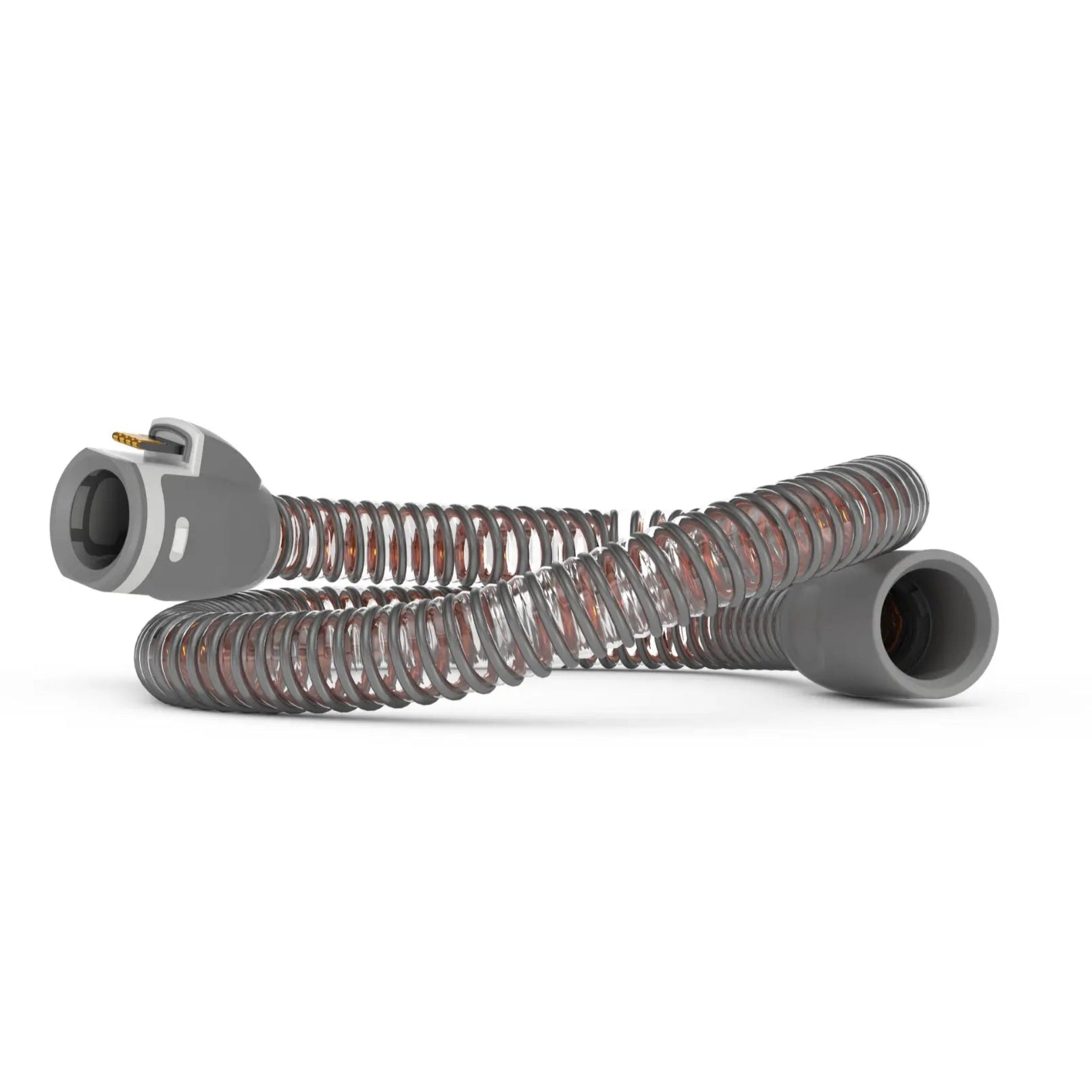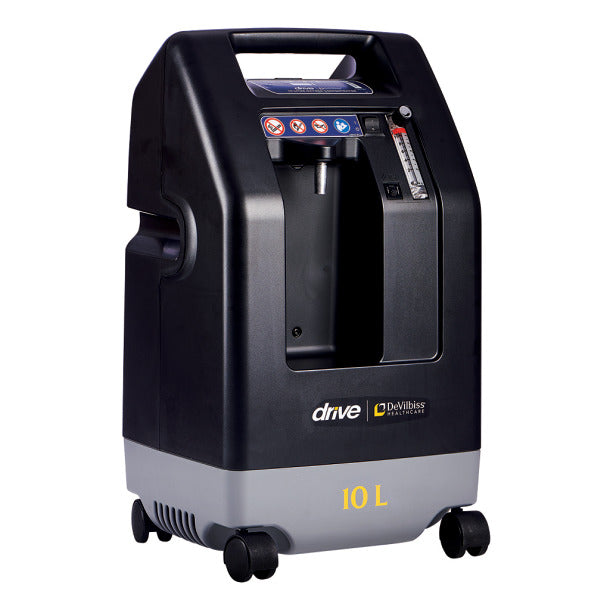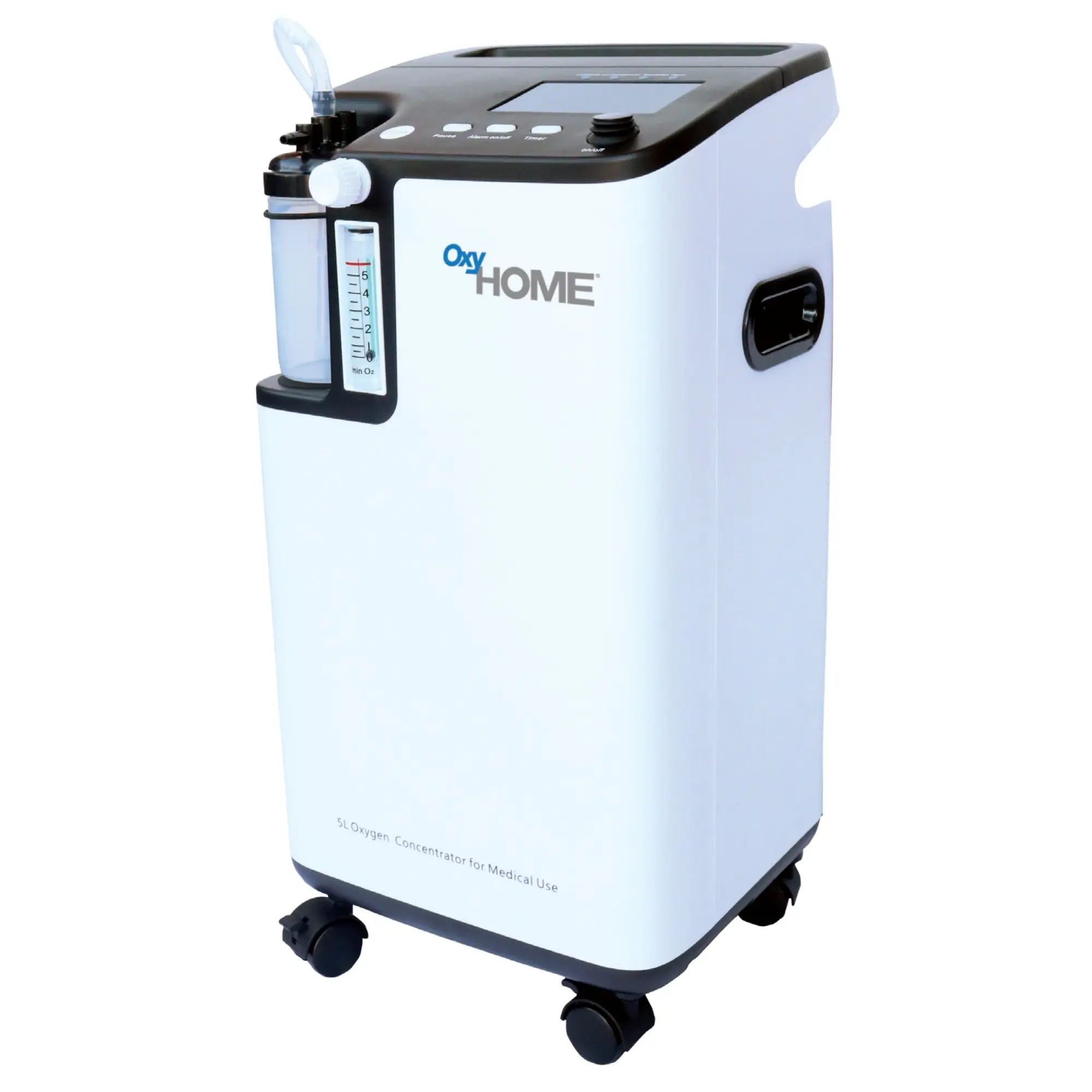Struggling to get comfortable with your CPAP machine? You're not alone.
CPAP (Continuous Positive Airway Pressure) therapy is the most commonly recommended treatment for sleep apnea. CPAP machines deliver constant air pressure throughout the night to keep your airways open and prevent sleep apnea episodes.
However, many users find the constant CPAP pressure uncomfortable, experience dry mouth, or struggle with the noise from the machine. For some, wearing a CPAP mask all night can feel claustrophobic and disruptive to their sleep.
Fortunately, several alternative treatments are available that you can discuss with your doctor. From mouthguards and anti-snoring devices to innovative treatments like eXciteOSA, we'll explore the best CPAP alternatives to help you get a good night's sleep.
1. Mouth Guards and Oral Appliances
Mouthguards and oral appliances are a comfortable and effective CPAP alternative for some people with sleep apnea. These custom-made devices fit inside your mouth like a retainer and gently reposition your lower jaw and tongue position during sleep. This helps to keep your airway open, preventing the breathing interruptions that characterize sleep apnea. [1]
How Do Sleep Apnea Mouthguards Work?
Well, there are two main types of mouthguards used for sleep apnea:
Mandibular Advancement Device (MAD): These devices hold your lower jaw slightly forward, which enlarges the space behind your tongue and prevents it from collapsing and blocking your airway during sleep.
Tongue Retaining Device (TRD): These devices hold your tongue in a more forward position, keeping it from falling back and blocking your airway.
While both types achieve the same goal, MADs are more effective for moderate sleep apnea, while TRDs are better suited for mild cases or people who can't tolerate MAD.
Benefits of Mouthguards for Sleep Apnea
Convenience: Mouthguards are small, portable, and easy to use. No need for masks, tubes, or machines!
Discreteness: Unlike CPAP, mouthguards are worn inside the mouth and are invisible to others.
Higher Compliance: Many people find mouthguards more comfortable than CPAP therapy, leading to better adherence to treatment.
Disadvantages of Mouthguards for Sleep Apnea
Not for Everyone: They may not be suitable for all severities of sleep apnea or for people with certain jaw conditions.
Adjustment Period: There can be an adjustment period as you get used to wearing the mouthguard, which can cause some initial discomfort.
Regular Follow-Ups: Regular dental checkups are necessary to ensure proper fit and monitor any potential dental side effects.
Anti-Snoring Devices
Anti-snoring devices offer a non-invasive approach to reducing snoring. If snoring occurs without other associated symptoms, it alone may not be problematic. However, it is often a sign of underlying problems breathing during sleep, such as sleep apnea. There are several types of anti-snoring devices available, each working in slightly different ways:
Nasal strips: These adhesive strips stick to the bridge of your nose and gently lift the nasal passages, improving airflow.
Chin straps: These straps support your chin, preventing your jaw from dropping back and blocking your airway.
Tongue stabilizing devices: These devices hold your tongue in a more forward position, keeping it from collapsing and blocking your airway.
Smart Nora
Say goodbye to snoring with the coolest gadget ever: Smart Nora!
The Smart Nora is a contact-free snoring solution that detects snoring sounds and gently moves your pillow to stimulate the throat muscles and open the airway.
Think of Smart Nora as a tiny personal pillow coach, helping you sleep like a champ all night long!
But generally speaking, all anti-snoring devices aren’t perfect. They have their advantages and drawbacks. Let’s take a look at some of the common pros and cons.
Pros of Anti-Snoring Devices:
Non-invasive: Unlike CPAP machines or mouthguards, anti-snoring devices are comfortable and don't require wearing any equipment in your mouth or nose.
Easy to use: These devices are generally simple to set up and use, making them convenient.
Immediate Relief: Some anti-snoring devices, like nasal strips and Smart Nora, can provide immediate relief from snoring for some users.
Cons of Anti-Snoring Devices:
Limited Effectiveness: Anti-snoring devices may not be suitable for severe sleep apnea cases.
Not a Cure for Sleep Apnea: Eliminating snoring doesn't necessarily address sleep apnea. If you suspect sleep apnea, it's crucial to consult a doctor or take a home sleep test for a proper diagnosis and treatment plan.
Remember: people can snore without having sleep apnea, and people can have sleep apnea and not snore.
Snoring can indicate sleep apnea, but it's not the sole cause. Eliminating snoring doesn't necessarily mean you've eliminated sleep apnea.
eXciteOSA Daytime Therapy Device
eXciteOSA is a revolutionary daytime therapy device designed to combat sleep apnea and snoring by strengthening the tongue muscles. This innovative device offers a non-invasive and easy-to-use alternative to traditional CPAP therapy.
eXciteOSA delivers electrical stimulation to the tongue muscles, strengthening them and preventing airway collapse during sleep. By using eXciteOSA for just 20 minutes a day, users can experience a significant reduction in snoring and sleep apnea symptoms.
Why Should You Consider eXciteOSA?
Clinical studies support the effectiveness of eXciteOSA.
A study published by the National Institutes of Health found that eXciteOSA successfully reduced snoring in participants. [2] The study showed that both the participants and their bed partners reported better sleep quality, less snoring, and reduced daytime drowsiness.
Experts acknowledge that CPAP remains the gold standard treatment for sleep apnea, but it’s not comfortable or convenient for many people. eXciteOSA, on the other hand, presents a more tolerable treatment option for patients seeking relief from sleep apnea and snoring.
Meanwhile, studies also indicate that eXciteOSA is as effective as other treatments, such as mouthguard devices (MAD) and surgeries, in reducing snoring. [3]
If you're looking for a comfortable and convenient alternative to CPAP therapy, eXciteOSA may be worth exploring. Discuss it with your doctor to determine if this innovative device is the right fit for you.
Hush Strips
Hush Strips are small, adhesive strips designed to keep your mouth closed during sleep, promoting nasal breathing.
By encouraging proper breathing habits, Hush Strips help reduce snoring and improve sleep quality for both you and your sleep partner.
How Hush Strips Work:
By keeping your mouth closed, Hush Strips prevent air from escaping through your mouth and causing vibrations that lead to snoring. This encourages your body to breathe primarily through your nose, which is the natural and more efficient way to breathe during sleep.
Nasal breathing also filters and warms air, leading to deeper and more restful sleep.
Benefits of Using Hush Strips:
Reduced Snoring: Hush Strips can be a simple and effective way to reduce snoring, leading to a quieter night's sleep for you and your partner.
Improved Sleep Quality: By promoting nasal breathing, Hush Strips may contribute to deeper and more restful sleep.
Non-invasive and Easy to Use: Hush Strips are a convenient and drug-free solution. They are easy to apply and remove, making them a user-friendly option for occasional use or nightly wear.
User Testimonials on Sleeplay:
Many users report success with Hush Strips. Here are a few excerpts from reviews on our website :
“These mouth strips are the only ones that work great!” - Rebecca R.
“This product has made such a difference in my sleep and has also trained me on how to sleep with my mouth close…even without the strips!” - Sean G.
“Only slight negative is that they're a little painful to remove.” - Jerry J.
“My breathing is the best since I have been using these strips.” - Deborah K.
Important Note:
As with other anti-snoring devices, it's important to remember that eliminating snoring doesn't necessarily eliminate sleep apnea. While snoring can indicate sleep apnea, it's not the sole cause. If you suspect you might have sleep apnea, consult a doctor for a proper diagnosis and treatment plan.
Lifestyle Changes for Sleep Apnea
Simple lifestyle changes can significantly improve sleep apnea management.
Of course, CPAP therapy and other devices are better treatments. However, incorporating healthy habits into your routine can significantly improve sleep quality and reduce apnea symptoms.
Let's explore how diet, exercise, and sleep hygiene can help alleviate sleep apnea and improve your night sleep.
Diet and Sleep Apnea:
Studies have shown a strong link between weight and sleep apnea. [4] Excess weight can contribute to airway narrowing and worsen sleep apnea severity. Focusing on a healthy diet rich in fruits, vegetables, and whole grains can help you lose weight and improve overall health.
It's also advisable to avoid heavy meals close to bedtime, as digestion can put extra strain on your airway.
Exercise and Physical Activity:
Regular exercise is another powerful tool in the fight against sleep apnea . [5] Physical activity helps with weight management and improves muscle tone, including the muscles that support your airway. Additionally, exercise promotes weight loss and improves overall health, which is great for people with sleep apnea.
Aim for at least 30 minutes of moderate-intensity exercise most days of the week. Brisk walking, swimming, and cycling are all excellent options.
Sleep Hygiene Practices:
Good sleep hygiene habits can significantly improve sleep quality and reduce sleep apnea symptoms. [6] Here are some essential practices to consider:
Maintain a consistent sleep schedule: Go to bed and wake up simultaneously each day, even on weekends. This helps regulate your body's natural sleep-wake cycle.
Create a relaxing bedtime routine: Wind down before bed with calming activities like reading or taking a warm bath. Avoid screen time for at least an hour before sleep.
Optimize your sleep environment: Ensure your bedroom is dark, quiet, cool, and clutter-free. Invest in a comfortable mattress and pillows.
By incorporating these lifestyle changes into your routine, you can actively manage your sleep apnea and get a better night's rest. Remember, these changes are most effective when combined with your doctor's prescribed treatment plan.
Surgical Options for Sleep Apnea
For patients who struggle with CPAP therapy due to discomfort or intolerance, surgical options can offer an alternative solution for managing sleep apnea.
However, it's important to remember that surgery is typically considered when other treatments have failed or are not well-tolerated. Before you even think about surgery, talk to a doctor to go over all your treatment choices and the potential risks and benefits.
Types of Sleep Apnea Surgery:
Several surgical procedures are available to address sleep apnea, each targeting different anatomical structures that contribute to airway obstruction.
Here's a look at some common options:
Soft Palatal Procedures: They involve removing or tightening tissues in the soft palate and uvula to reduce their vibration and improve airflow. Examples include uvuloplasty, uvulopalatopharyngoplasty (UPPP), and laser-assisted uvulopalatoplasty (LAUP).
Maxillo-Mandibular advancement (MMA): This more complex surgery involves repositioning the upper and lower jaw bones to enlarge the airway space. It is typically reserved for moderate to severe sleep apnea cases.
Tracheostomy: In severe cases where other treatments are not feasible, a tracheostomy may be considered. This procedure creates a permanent opening in the windpipe (trachea) through which a tube is inserted to bypass the blocked upper airway.
Pros and Cons of Surgical Treatments:
Surgical procedures for sleep apnea can be highly effective in reducing or eliminating sleep apnea symptoms. However, there are potential risks and drawbacks you need to know about.
Pros:
Significantly reduce sleep apnea symptoms, improving sleep quality and daytime alertness.
Can be a potential long-term solution for sleep apnea.
Cons:
Surgery carries inherent risks associated with anesthesia and the procedure itself.
Recovery time can be lengthy and uncomfortable.
Long-term side effects can occur, depending on the type of surgery.
Expert Opinions and Research Studies:
The American College of Cardiology (ACC) acknowledges surgery as an option but emphasizes a thorough evaluation before proceeding. In a publication , ACC suggested surgery as an option for carefully selected patients who have not responded to or cannot tolerate PAP therapy. [7]
In a detailed publication, the Mayo Clinic also highlighted the importance of exploring alternative treatments before surgery. [8] The publication recommends treatments such as oral appliances or minimally invasive surgical procedures for patients who are intolerant to positive airway pressure (PAP) therapy.
Meanwhile, several medical studies support a cautious approach to sleep apnea surgery.
A study published by the National Institutes of Health found that long-term outcomes of surgical procedures for sleep apnea can vary, with some patients experiencing success and others experiencing a return of sleep apnea symptoms.
Another study by the Brazilian Journal of Otorhinolaryngology emphasizes the need for careful patient selection for sleep apnea surgical interventions .
So, if you're considering surgery for sleep apnea, consult a sleep medicine physician or ear, nose, and throat (ENT) specialist to discuss treatment options and assess individual risks and benefits.
Conclusion and Next Steps
Living with sleep apnea can be disruptive and frustrating, but there are options! This blog post has explored a variety of alternative treatments beyond CPAP therapy that can help you achieve better sleep and a healthier lifestyle.
We've examined mouthguards, anti-snoring devices, innovative approaches like eXciteOSA, and lifestyle changes that can significantly improve sleep quality. We also discussed surgical options, though it's important to remember that they are typically a last resort.
The key takeaway is that you don't have to suffer in silence. Many solutions are available to address your sleep apnea and help you get the rest you deserve.
Have you tried any of the alternative treatments mentioned in this blog post?
We'd love to hear about your experiences! Share your story in the comments section below this post.
Here at Sleeplay, we are dedicated to providing you with information and resources to improve your sleep health. For more tips and insights, follow us on Facebook , Instagram , LinkedIn and YouTube , we post new videos every week!
Remember: Always consult your healthcare provider to determine the most suitable treatment option for your condition. Everyone is different, and what works for one person might not be as effective for another. Your doctor can provide personalized advice based on your unique health profile and needs.
Meanwhile, you should also explore Sleeplay's range of sleep apnea products , schedule a consultation, or read more about alternative treatments on our blog posts. The eXciteOSA Daytime Therapy Device Starter Pack and Hush Strips are great alternatives you can start with.
Sources
1. Kate Sutherland, Ph.D., et al. Journal of Clinical Sleep Medicine. February 2014. Oral Appliance Treatment for Obstructive Sleep Apnea: An Update. Found on the internet at https://www.ncbi.nlm.nih.gov/pmc/articles/PMC3899326/
2. Peter M. Baptista,, et al. Journal of Clinical Sleep Medicine. April 2021. Daytime Neuromuscular Electrical Therapy of Tongue Muscles in Improving Snoring in Individuals with Primary Snoring and Mild Obstructive Sleep Apnea. Found on the internet at https://www.ncbi.nlm.nih.gov/pmc/articles/PMC8123870/
3. Brandon Nokes, et al. Sleep and Breathing 27(2):1-8. May 2022. Transoral awake state neuromuscular electrical stimulation therapy for mild obstructive sleep apnea. Found on the internet at https://www.researchgate.net/figure/eXciteOSA-device-with-smartphone-app_fig1_350430226/
4. Marzieh Hosseini Araghi, BSc, MPH, et al. Volume 36(10). October 2013. Effectiveness of Lifestyle Interventions on Obstructive Sleep Apnea (OSA): Systematic Review and Meta-Analysis. Found on the internet at https://www.ncbi.nlm.nih.gov/pmc/articles/PMC3773205/
5. Jeong-Whun Kim, MD, PhD, and Hyun Jung Lim, MD. Sleep Medicine Research (SMR) 2018. December 2018. Lifestyle Modification in Patients with Obstructive Sleep Apnea. Found on the internet at https://www.sleepmedres.org/journal/view.php?doi=10.17241/smr.2018.00255
6. Roohi Afshan Kaleelullah and Preethi P Nagarajan. Volume 13(1). January 2021. Cultivating Lifestyle Transformations in Obstructive Sleep Apnea. Found on the internet at https://www.ncbi.nlm.nih.gov/pmc/articles/PMC7920220/
7. Sean Caples, DO. June 2013. Upper Airway Surgery for Sleep Apnea Management: What You Need to Know. Found on the internet at https://www.acc.org/latest-in-cardiology/articles/2014/07/22/08/26/upper-airway-surgery-for-sleep-apnea-management-what-you-need-to-know
8. Medical Professionals (Pulmonary, Critical Care, and Sleep Medicine). Mayo Clinic. July 2021. New treatment options for patients with obstructive sleep apnea who are intolerant to positive airway pressure therapy. Found on the internet at https://www.mayoclinic.org/medical-professionals/pulmonary-medicine/news/new-treatment-options-for-patients-with-obstructive-sleep-apnea-who-are-intolerant-to-positive-airway-pressure-therapy/mac-20518293



